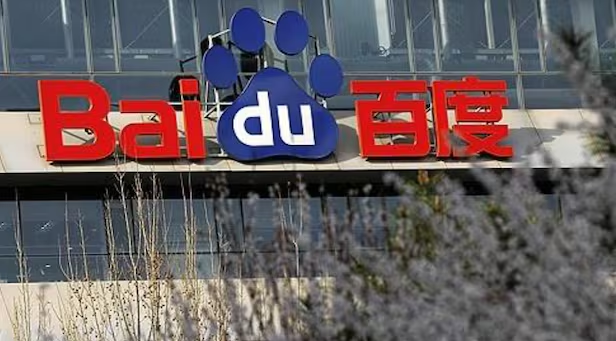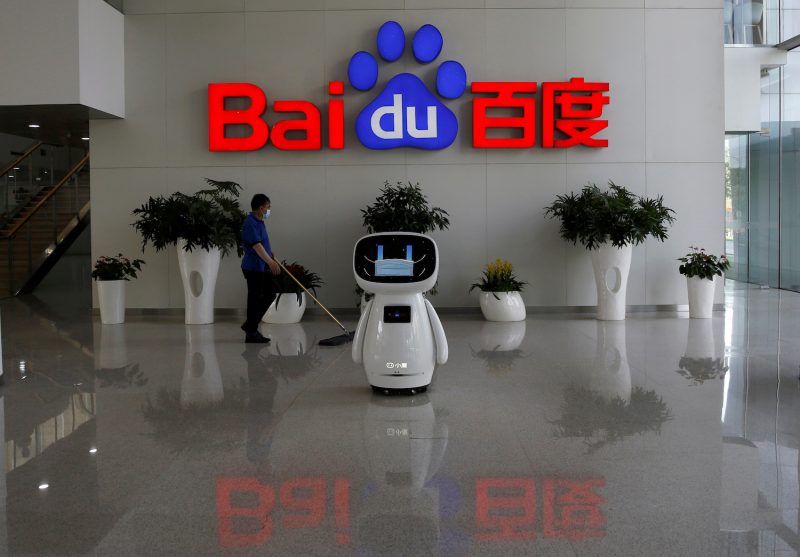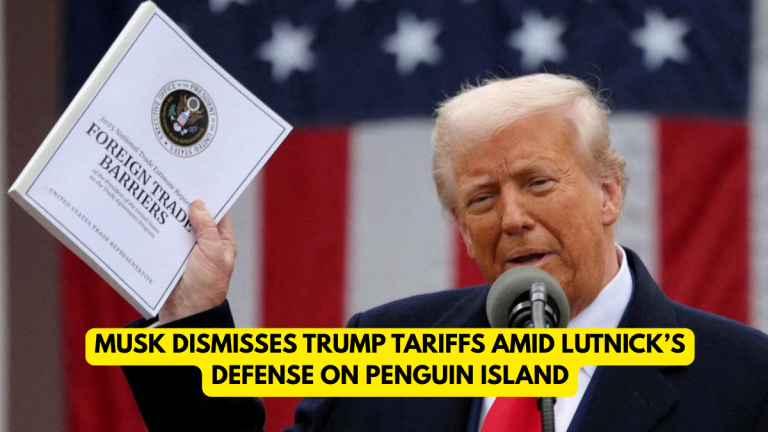
China has once again intensified the global artificial intelligence (AI) race, challenging the dominance of U.S. tech giants with the launch of Ernie X1, an advanced AI model developed by Baidu. The announcement underscores China’s commitment to becoming a global leader in AI innovation and reinforces Baidu’s growing presence in the field of generative AI.
The unveiling of Ernie X1, alongside an upgraded version of Baidu’s existing model, Ernie 4.5, is seen as a direct challenge to models developed by OpenAI, Google, and other leading U.S.-based AI firms. With a strong emphasis on efficiency and multimodal capabilities, Baidu aims to compete with the best in the industry while reducing computational costs.
What is Ernie X1?
Ernie X1 is a new reasoning AI model positioned as a direct competitor to DeepSeek’s R1, another high-performance AI model. According to Baidu, Ernie X1 delivers comparable performance while operating at half the cost, making it a cost-efficient alternative for businesses and developers.
This model represents an important step for China in the AI space, as it enhances the country’s technological capabilities in natural language processing (NLP) and generative AI, two crucial aspects of AI-driven applications.
Ernie 4.5: The Next-Level AI Model

In addition to Ernie X1, Baidu has also introduced Ernie 4.5, an enhanced version of its foundational AI model. Baidu claims that Ernie 4.5 surpasses OpenAI’s GPT-4.5 in multimodal understanding, language processing, and emotional intelligence.
Ernie 4.5 boasts significant improvements in:
- Language Abilities: More natural and coherent text generation capabilities.
- Multimodal Understanding: Better processing of text, images, and potentially audio and video.
- Emotional Intelligence: Improved contextual understanding and response accuracy, making it more human-like in conversations.
Global AI Competition: China vs. the U.S.
The launch of Ernie X1 and Ernie 4.5 signals a growing AI competition between China and the U.S. While American tech companies like OpenAI, Google, and Anthropic have long been considered leaders in AI, Chinese firms are quickly catching up.
China has been investing heavily in AI research and development as part of its broader goal to become a global leader in AI by 2030. The Chinese government has implemented various policies to support AI innovation, including funding initiatives and infrastructure development.
The increasing competition also raises questions about AI regulation and ethical considerations. While the U.S. and the European Union are working on AI regulations, China has also introduced its own framework to oversee AI development. For more information on China’s AI regulatory framework, visit The Cyberspace Administration of China (CAC).
How Does This Affect the AI Industry?
The introduction of Baidu’s latest AI models is expected to have a significant impact on the industry in several ways:
- Increased Competition: The entry of more advanced Chinese models into the market challenges U.S. dominance and forces companies like OpenAI and Google to innovate further.
- Cost Efficiency: With models like Ernie X1 offering high performance at lower costs, businesses may look for alternatives to expensive AI solutions.
- Regulatory Challenges: Governments worldwide will need to address concerns related to AI safety, ethics, and international competition.
- Advancements in AI Technology: The race between China and the U.S. will likely accelerate AI advancements, benefiting industries such as healthcare, finance, and education.
Accessibility and Use Cases

Baidu has made both Ernie X1 and Ernie 4.5 freely accessible to individual users through its ERNIE Bot platform. This move aligns with the company’s strategy of expanding AI adoption by making its technology available to a wider audience.
Possible use cases for these AI models include:
- Customer Service: Chatbots and virtual assistants with improved human-like responses.
- Content Creation: AI-generated articles, marketing content, and multimedia.
- Healthcare AI: Advanced diagnostics and patient interaction models.
- Financial Analysis: AI-powered insights and market predictions.
For more details on AI advancements and government regulations, visit the National Institute of Standards and Technology (NIST) for U.S. AI policies and China’s Ministry of Industry and Information Technology (MIIT) for China’s AI development strategies.
Conclusion
The launch of Ernie X1 and Ernie 4.5 by Baidu is a clear message that China is committed to competing with the U.S. in the AI space. With its focus on cost-efficient and high-performing AI models, Baidu is positioning itself as a formidable player in the industry.
As the global AI race heats up, innovation is expected to accelerate, bringing both opportunities and challenges. The world will be watching closely as China and the U.S. continue to push the boundaries of artificial intelligence.
For more updates on AI trends, visit OpenAI and Baidu AI.



